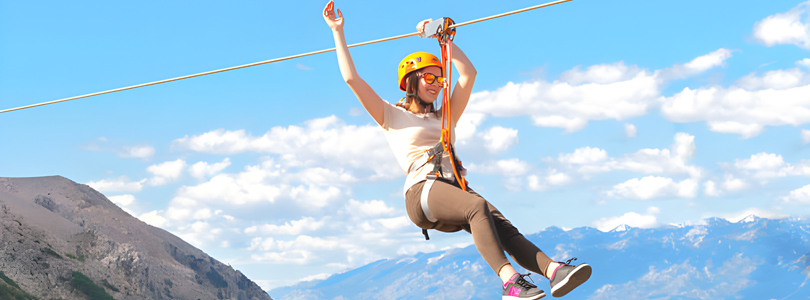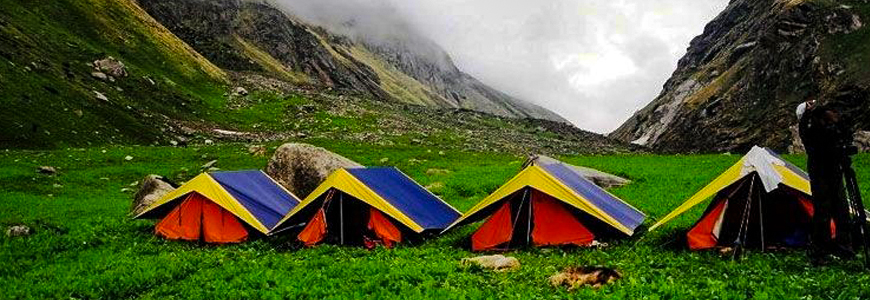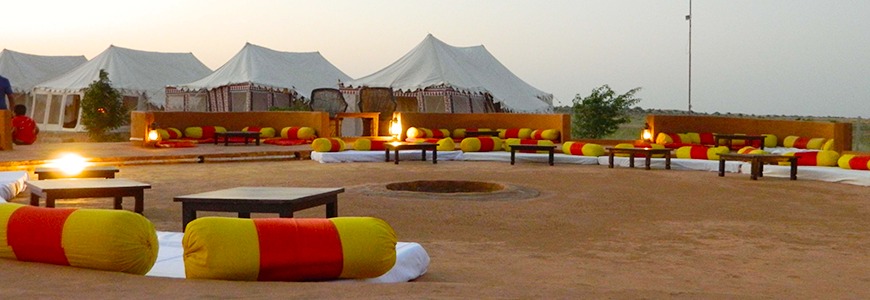All you need to know about setting up a zipline!

The ultimate way to venture into the surreal tropical jungles and natural beauty of India is through Ziplining. One can imagine being like a bird taking a flight and soaring over greenery and skimming across the warm blue waters. Some people may have reservations if they have never been zip lining before.
Is ziplining scary? It certainly offers thrills and a rush of adrenaline, but it’s not scary for those who are properly educated and prepared in advance. Once the zip line adventures begin, even those who are a little antsy usually have all their fears melt away within seconds.
The story of a zip line in India is barely a decade old, but there has been an increase in the number of adventurous folks willing to ‘fly’ through the air.
Factors to consider while zipline planning
The zip line itself has to be designed, installed, and thoroughly tested before experiencing the ride by professionals. One of the crucial factors to be considered while zipline planning is the braking experience.
- Speed: Isn't speed the entire reason we want to zip line in the first place? Gushing through the air with the wind in our face. Many riders enjoy faster speeds, but most noteworthy, speed is also the enemy of a secure and comfortable stop at the end of the ride.
- Braking Distance: To calculate the braking distance of a brake system, it is required to know the rider weight range anticipated for the zip line, the arrival speed range, and the reduction line ratio used for the setup.

- Reduction Lines: Reduction lines can be used to adapt the braking system. They are usually suitable for low speeds because it offers the strongest braking force and the shortest braking distance.

- Rider Orientation: While the feeling of freely speeding down a zip line is exhilarating, many riders still want to get control over their experience. This allows them to enjoy the view in whichever direction they like, wave to friends on parallel lines, and keep themselves facing forward when they enter the braking area.
Zipline installation equipment
To build the zip line you need:
- Steel cable: It depends on the position of the trees/poles you plan to connect with the zip line.
- A pulley: A cost-effective and load-bearing of up to 100Kg pulley is more than enough for a zip line that is going to be used by kids.
- Round wooden stick
- One carabiner
- Nylon rope: Use it in a braid to increase the maximum load.
- Six malleable cable clamps.
- Two eye-to-eye turnbuckles: Used to keep the cable in tension.
- Rubber tube: It is useful to protect the part of the cable that is wrapped around the trees and the ends of the cable, avoiding that those needle-like wires can poke someone's fingers.
You will also need:
- Saw, to cut the handle
- Drill, to make holes inside the handle
- Lighter, to burn the ends of the rope to make knots more resistant
- Wrench to close and tight the clamps
- Duct tape to cover the ends of the different sections of the cable
- Paper tape to protect the wood while cutting/drilling
Zip Line Equipment
When you go zip lining, one is required to wear special equipment to keep them safe. This equipment enables you to soar at high speeds down the lines. It is suggested to regularly inspect the equipment to ensure high quality and ultimate safety. Here is a list of the equipment you will be using during your experience:
- Helmet: Helmets, like any other extreme sport, are worn to protect the head from injury. Make sure that the helmets are free from any cracks or damage before putting them on. The helmet should be firmly strapped to the top of your head.
- Pulley: Various cable pulleys are utilized to supply smooth flow of the zipline, where brakes or gradual speed reductions are activated towards the end. The pulley is to be adjusted based on the conditions such as the steepness of the slope or the riders' weight.
- Seat and Chest Harness: The seat harness is used to support the body during ziplining. The harness consists of straps and carabiners that are clipped to the cable to ensure safety. One should also wear a chest harness to enhance stability.
- Gloves: Gloves are an important piece of equipment that will protect your hands, especially during braking. If you are planning to travel with your equipment, there might be additional costs.
Useful Tips for Zip Lining
- Ziplining is an adrenaline-rushing yet remarkably safe sport all around. But still, make a note to carefully listen to your guides to prevent any injuries.
- It is recommended to wear ample sunscreen in case you are planning to zip line in the summer season.
- To capture your zip lining experience, bring a mountable camera.
It is always good to be mindful of the responsibilities that come with a zip line owner. It is suggested to follow proper installation directions and seek professional advice if required.
Also, consistently conduct unmanned testing of your zipline installation rather than using human guides or staff as the test subjects. Safety first, everyone! Thereafter you can appreciate the ride worry-free and provide your visitors with the best zipline adventure possible!

 Add More
Add More 



